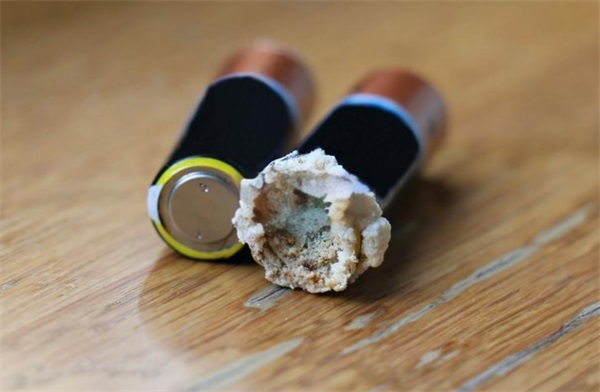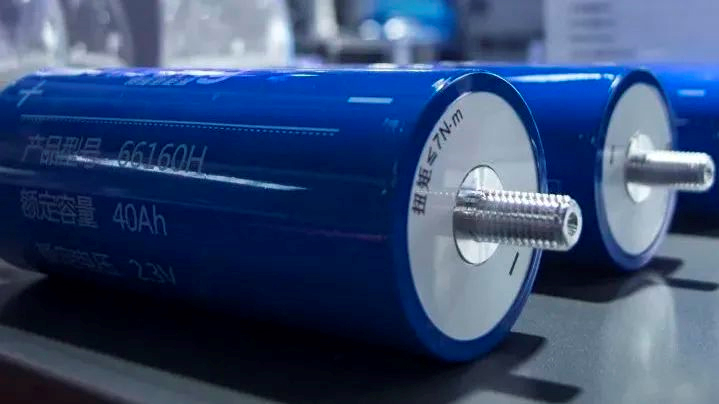How to deal with battery leakage?
Under normal circumstances, there are four cases of battery leakage, the more common is that the sealing between the top cover and the bottom groove is not good, resulting in cracking; And the safety valve leakage and wiring leakage of these two situations also occur, but the probability is not high; The last is leakage from other areas.

Regarding these four cases, there are several ways to deal with them:
1, check the battery shell, many times because the battery installation is unreasonable, the frame battery box has welding slag and the frame chassis is low caused by bumps and other reasons, resulting in shell damage.
2. Remove the cover plate to check whether there is any trace of acid leakage around the safety valve, and then open the safety valve to check whether there is any flowing electrolyte inside the battery.
3, in the case of no abnormal in the first two steps, to carry out an air tightness test, that is, pressurized inflation in the water to see if there are bubbles, if there is a missing phenomenon, there is no normal.
4, when charging, to observe whether there is a flowing electrolyte, if it will be extracted.
Once you find a leak, clean up the area with a knife and use battery glue to secure the leak. The reason why the battery leakage has a great relationship with the quality of the battery itself, so the user must look for genuine high-quality batteries in the purchase process. Electric vehicle batteries will inevitably have various problems in the use of the process, and these are small problems for proficient people, and for laypeople, it may be because they do not understand the operation error, and eventually lead to the battery scrap, have to buy again. According to the survey feedback data, one of the problems that often occurs is battery leakage, and there are the following inspection and treatment methods for battery leakage
1. The sealing degree between the upper cover and the bottom groove is insufficient; Or due to collision, the sealant cracking is caused by the leakage phenomenon.
2. Acid leakage at the terminal.
3, cap valve acid leakage.
4. Acid leakage occurs in other parts.
Check method for liquid leakage fault
1, first find the place of leakage, determine whether the liquid in the place of leakage is water or acid (professional PH test paper can be used, can also be used to smell the way to judge, generally acid has a pungent smell. Or wipe the liquid off the leaking part and check whether liquid appears after 12 hours).
2, after judging that it is indeed an internal leakage of liquid, check whether there is damage or impact marks at the leak, or whether the battery cover is prying marks.
3, in the appearance of no obvious traces, according to the general leakage battery detection steps for detection and confirmation.
Leakage prevention measures
1. The battery should be firmly installed to prevent direct contact with hard objects, and an anti-shock pad can be installed.
2, to weld the terminal, welding time should not be too long to prevent the internal structure of the terminal.
3, do not screw too hard, tighten it.
4, the after-sales period of the battery do not open the liquid privately, after the sale of the battery after the liquid should be in the floating state, the surplus liquid will be pumped out.

